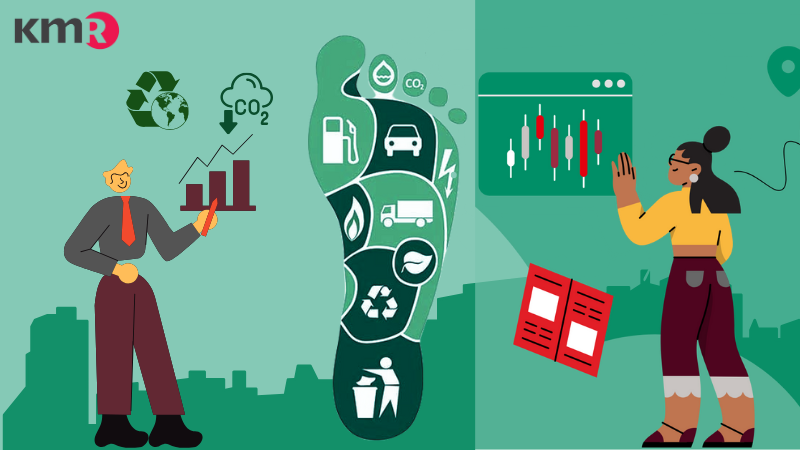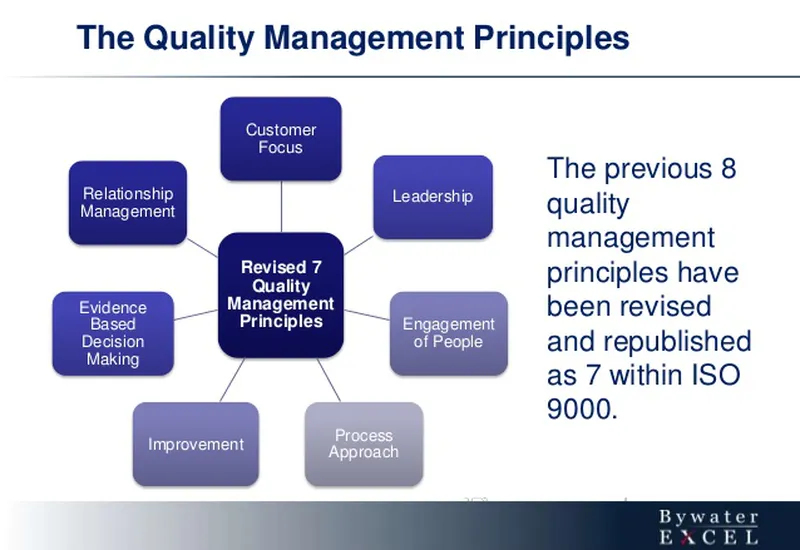CARBON NEUTRAL VS NET ZERO: WHAT’S IN IT FOR BUSINESS?
Net Zero is our strongest tool yet against the climate crisis. The transition to Net Zero emissions presents a compelling solution that offers not only environmental benefits but also economic, social and health advantages.
Failing to act swiftly and decisively risks catastrophic climate change, including extreme weather events, sea-level rise, biodiversity loss, and disruptions to food and water supplies. Let’s delve into the key reasons why embracing net zero is vital for our collective wellbeing:
- Tackling the climate crisis
- Protecting human health
- Driving innovation and economic growth
- Enhancing energy security
- Preserving ecosystems and biodiversity

What is Net Zero?
What is Net Zero?
While there are variations in definitions of net zero, the ISO Net Zero Guidelines (IWA 42:2022) define Net Zero as “a condition in which human-caused residual greenhouse gas emissions (GHG) are balanced by human-led removals over a specified period and within specified boundaries”. Achieving this balance is a complex process involving emission reductions, offsetting and innovative technologies.
The shift to a Net Zero emissions world can be achieved by reducing emissions at their source and counter-balancing residual emissions through carbon dioxide removal. Emissions reduction is the process of directly cutting emissions of all GHGs (CO2 and other GHGs including methane (CH4), nitrous oxide (N2O) and hydrofluorocarbons, which tend to trap more heat than carbon dioxide). Carbon dioxide removal involves investing in “carbon sinks” – e.g. tree planting, soil carbon management, biochar, direct air carbon capture and storage that absorb CO2 from the atmosphere. Offsetting involves an organization purchasing carbon credits generated by emissions reduction or removal enhancement projects undertaken by another organization, to neutralize its residual carbon footprint.
Carbon Neutral Vs Net Zero: What’s In It For Business?
Is Net Zero the same as carbon neutral? When businesses say they are “carbon neutral”, they mean that they have estimated their carbon footprint, taken steps to reduce it by reducing their GHG emissions and increasing their removals, and subsequently offset their remaining footprint. When businesses talk about “Net Zero”, they are referring to a future target by which they plan to have reduced their GHG emissions and increased their carbon dioxide removals as much as possible, and offset their remaining footprint using carbon credits from carbon sink projects.
Action towards Net Zero consists of ambitious emission reductions across the value chain, systemic changes across sectors and active removal of CO2. Businesses can become carbon neutral on their way to reaching their Net Zero goal; this also contributes to the broader global effort to reach Net Zero.
By adopting a Net Zero mindset – i.e. setting a target date to reach Net Zero, and becoming carbon neutral now – we can accelerate the transition to a sustainable future, ensure climate resilience, and create opportunities for innovation, green jobs and economic prosperity.

Energy Transition Workshop Aiming for Net Zero Emissions in Ho Chi Minh City
Why Do We Need Net Zero?
The emissions released by human action are taking their toll on our planet and propelling us further towards an irreversible climate crisis. Transformative net-zero goals, especially when led by governments worldwide, can help limit temperature rise to 1.5 °C by 2100. This will require reaching net-zero CO2 emissions by 2050 along with deep reductions in emissions of other greenhouse gases.
Achieving Net Zero carbon emissions is not just an environmental imperative; it also presents significant opportunities for organizations of all sizes. These include cost savings from energy efficiency, improved brand reputation, and alignment with increasing consumer and investor demand for sustainable practices.
How Businesses Benefit From Net Zero?
Many businesses today are embracing Net Zero goals, striving for Net Zero GHG emissions in their operations. This involves a combination of direct emission reductions, for example through energy efficiency and renewable energy use, and indirect reductions through carbon offset projects. By gaining a full understanding of the Net Zero meaning and applying it to their operations, businesses can play a crucial role in combatting climate change – and it’s also good for their bottom line.
Net Zero buildings are one example of how businesses can move towards these goals. Leading enterprises are cutting emissions throughout the life cycle of the buildings they own and operate. This can be done in two ways: by retrofitting existing structures and ensuring new structures have a small carbon footprint. These buildings are designed to generate as much energy as they consume over the course of a year, thus achieving Net Zero energy consumption and, in many cases, Net Zero carbon emissions.
In the digital realm, the concept of Net Zero Internet is also emerging. This refers to the concept of achieving carbon neutrality or Net Zero emissions in the operation and use of the Internet and digital technologies. It aims to mitigate the environmental impact associated with the rapidly growing digital infrastructure, data centres, telecommunications networks, and the overall energy consumption of the Internet.
ISO Net Zero Guidelines
ISO launched guiding principles for achieving Net Zero at COP27 in Sharm-El Sheikh, Egypt, in November 2022. These principles provide a roadmap for organizations, including businesses, on their journey towards Net Zero GHG emissions. The Net Zero Guidelines provide common definitions, high-level principles and actionable guidance towards achieving Net Zero by 2050. They also help entities make credible claims and develop consistent reports on emissions, reductions and removals.
Key elements include:
- Emission reductions: Reducing emissions at the source is the most effective way to achieve Net Zero. Examples of emissions reduction measures include improving energy efficiency, switching to renewable energy sources and low-carbon products, and innovating processes to reduce waste.
- Carbon offsetting: For emissions that cannot be eliminated, carbon offsetting is a valid solution. This involves investing in carbon credits from projects that remove or reduce GHGs in the atmosphere.
- Transparency and accountability: Regular monitoring and reporting of GHG emissions is crucial for transparency and accountability. This also helps businesses identify areas for improvement and track progress towards their Net Zero goals.
- Stakeholder engagement: Engaging stakeholders – employees, customers, investors and the wider community – is key to successful implementation of net-zero strategies. This fosters a culture of sustainability and drives collective action towards emission reductions.
- Equity and justice: The Net Zero Guidelines align with the United Nations Sustainable Development Goals. Climate action takes into account the burdens of climate change and ensures that the costs and opportunities are equitably shared, safeguarding the rights of the most vulnerable.
Source: iso.org











main.comment_read_more